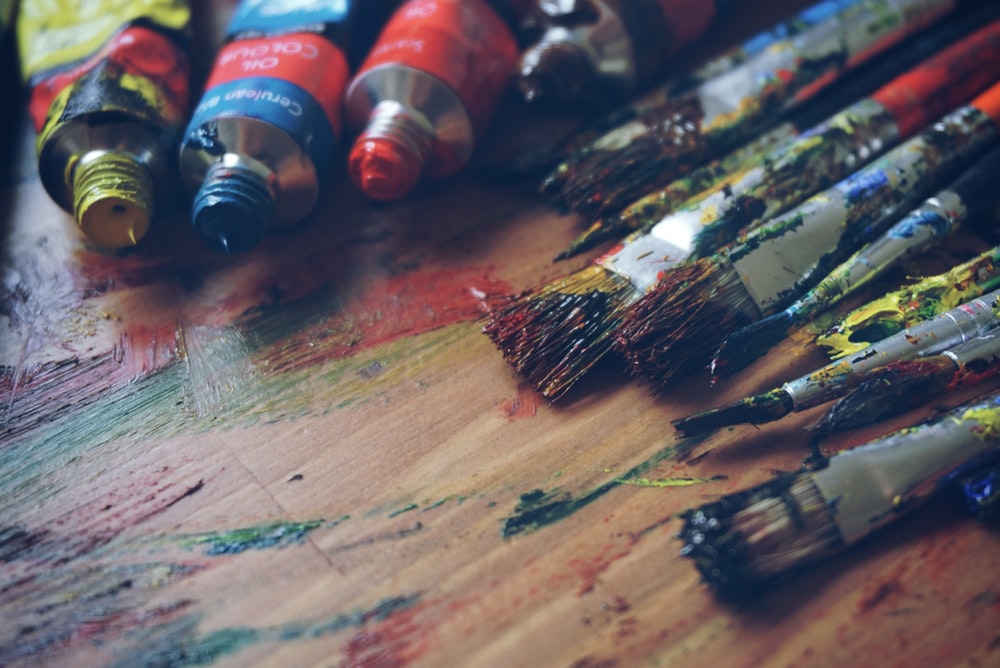
For almost three decades I have honed my style and vision, always working harder to improve my craft and produce art that charms and inspires.
Along the way, I have been privileged to be able to share my work through shows and exhibits, as well as through direct purchases. The idea that my work has a permanent place in the homes of so many is both exciting and humbling.
Today, I also encourage anyone with a passion for art to start on the same path I have trodden. To help those interested in expressing themselves through art, I have put together a short glossary, delivering much of the terminology you will encounter as you create beautiful oil on canvas paintings.
Binder
This substance cements together the dry pigments of paint and also helps it to hold to the canvas. Usually, cold pressed linseed oil serves as the best binder for oil paint.
Bleeding
In general, bleeding describes when one paint color runs into and mixes with another. In watercolors, bleeding is usually unavoidable. Experienced painters know how to make the effect work to their advantage.
Blending
In oil painting, this term refers to substances or techniques that soften the hard edges of color line boundaries.
Drying Time
The time taken for paint to dry after application. Each different color of oil paint contains its own unique levels of binder. This means that all paints have their own drying times. Burnt umber, for example, requires less binder than ivory black and therefore has a faster drying time
Impressionism
This school of painting emerged in Second Empire France as a technique designed to capture shifting colors and shades under light. It focuses more on creating a evocative impression in the eye of the viewer rather than realistically reproducing a scene.
Most associate Impressionism with the legendary French painter Claude Monet. My work is a take off of this format. I call it "folksy" impressionism because I base my paintings off of Americana type scenes from my travels.
Perspective
Perspective in painting originated during the Renaissance, and the term refers to the illusion of three dimensions on a two dimensional surface, crafted using lines, angles, and a vanishing point technique.
Tempera
Artists will occasionally mix pigments with substances such as egg whites, egg yolks, gelatine, casein, or other water-soluble binders to create an effect known as tempera. This technique emerged in the Middle Ages and predominated until the use of oil paints around the time of the Renaissance.
Artists have returned to this medium increasingly in recent years.
Turpentine
Traditionally, this substance - derived from the resin of certain evergreen trees - was the default solvent for cleaning oil painting tools. Many have moved to substances such as linseed oil, that offer the same benefits, but without fumes and the need for ventilation.
Value (of color)
This term refers to the level of lightness or darkness of any color.
Varnish
An optional final layer of material applied to oil paintings. Varnishes create a layer of protection over the surface that protects it from environmental issues such as dirt.
Yellowing
Oil paintings undergo this process when 1) the artist uses excessive amounts of linseed oil or 2) the varnish includes too much embedded dirt. Acrylic paintings can be coated in a varnish-equivalent clear coat that boths seals the paint and provides a degree of UV light protection. This too can yellow though when exposed to improper lighting conditions.
---
I invite you to check out my full selection of paintings on sale. I can also create commissioned pieces. Please send me a message if you have any questions and I will respond as quickly as is possible.
Thank you for stopping by.